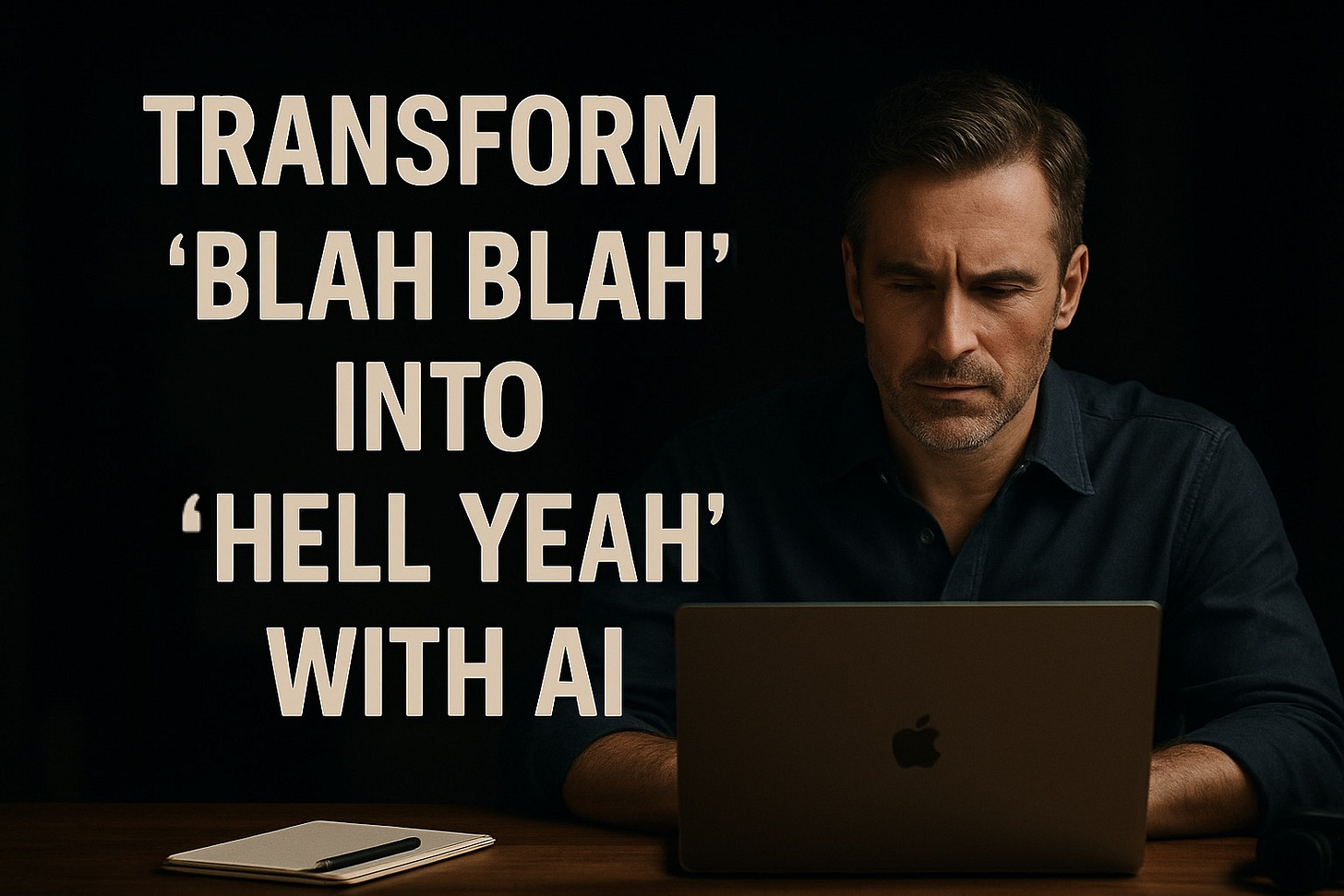Convert long audio in 5 minutes
Let AI do all the work
Look, processing long audio recordings is about as fun as watching paint dry in a DMV. But here's the thing: I just turned my 60-minute interview with Jana Heigl from German radio into a comprehensive analysis in exactly 5 minutes flat.
The secret? Stop asking one AI to do everything. Instead, use four specialized tools in sequence. By doing that, each …
Keep reading with a 7-day free trial
Subscribe to Digital Digging with Henk van Ess to keep reading this post and get 7 days of free access to the full post archives.



